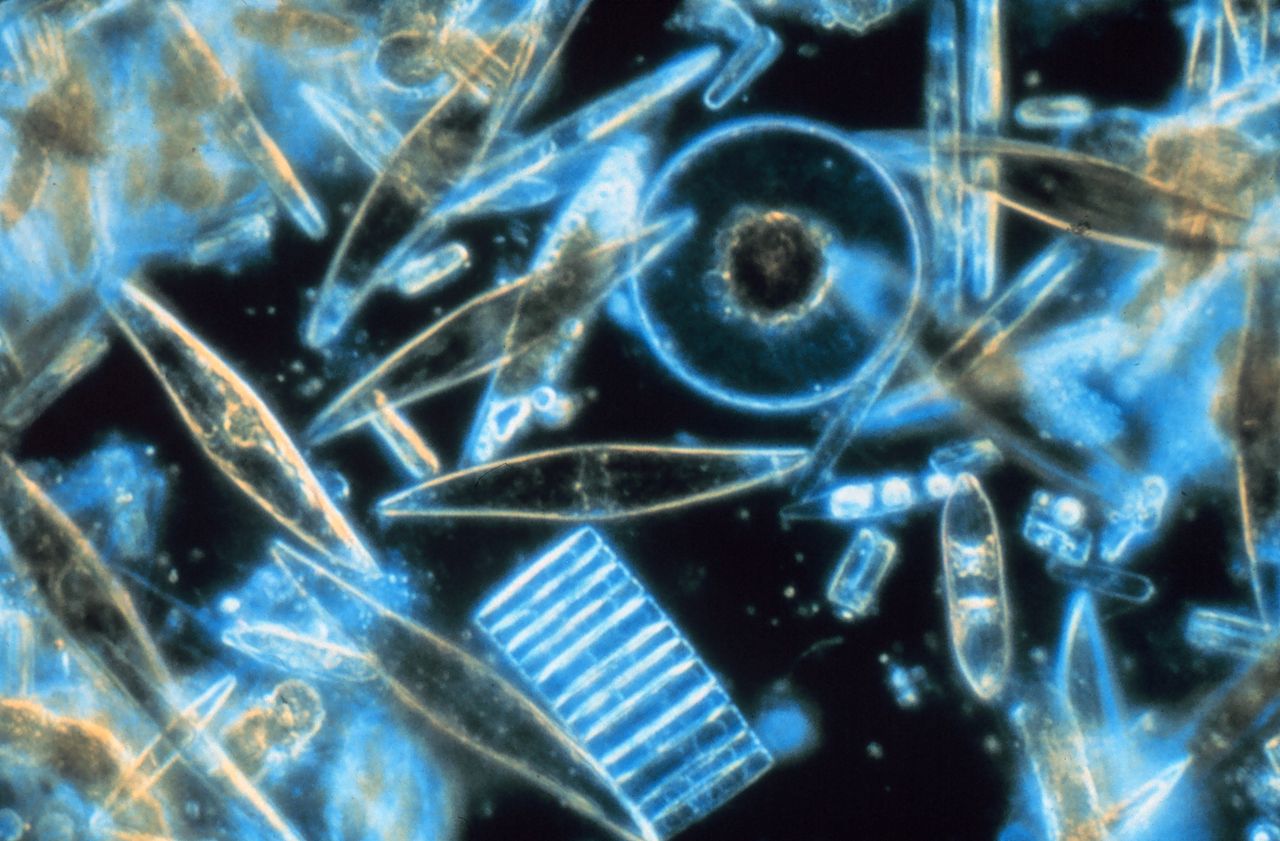
Climate change and the runoff of nutrients or pollutants greatly affects the equilibrium of natural microbial communities and compromises ecosystems’ environmental status. In order to effectively monitor these communities, there’s a call for quick, low- cost, and efficient sampling methods.
As a response to this demand, the recent study published in the scientific journal PLOS ONE by a collaborative team from CIIMAR-UP and INESCT TEC researchers present a new autonomous biosampler that allows for in situ microbiome sample collection and preservation of their genetic material for further study of their diversity and functions. The study of marine microbial communities typically involves challenging, high-cost, and time-consuming sampling procedures that limit the frequency of data collection. This recent study presents an innovative in situ autonomous biosampler (IS-ABS), a promising approach to improve the spatial and temporal resolution of micro planktonic monitoring in different aquatic environments.
As mentioned by Catarina Magalhães, CIIMAR researcher and leader of this study, “Planktonic microbial communities play a central role in responding to climate change and anthropogenic impacts, with direct implications on water safety, regulation of fisheries and management of water bodies. In this context, it is essential to focus on research efforts that culminate in the development of new technologies for autonomous monitoring of planktonic microbial communities.”
In fact, planktonic microbial communities are fundamental for several natural processes of aquatic ecosystems, including controlling the flux of nutrients and the degradation and recycling of anthropogenic organic and inorganic contaminants. Nevertheless, climate change effects and the runoff of nutrients and pollutants can change the occurrence of microbial pathogens or microbial toxin producers. These factors affect the equilibrium of natural microbial communities and compromise the whole ecosystem environmental state. In this context, improved microbial plankton monitoring is essential to better understand how these communities respond to environmental shifts related to climate change effects or the runoff of nutrients and pollutants.
The genetic material of such microbiomes, the environmental DNA (eDNA), has been used as a new tool for aquatic system monitoring despite the fact that methodologies are still being established. The traditional method for microplankton sampling involves expensive and time-consuming procedures, promotes sample deterioration, and increases the risk of potential contamination. In the study now published in PLOS ONE, a field prototype (IS-ABS) designed to monitor the diversity and composition of planktonic microbial communities was developed and validated by comparing its performance with manual standardized methods.
The biosampler developed in this study is capable of capturing in real time different classes of microplankton (from bacteria to protists) and preservation of its genetic material (DNA/RNA) in situ for further analysis in home lab. In addition, it is compact, easy to use, and integrates an app that can be used in mobile devices to program the sampling settings.
Alfredo Martins from INESC-TEC points out the advantages of the autonomous biosampler developed in the study. “We believe that the successful development of this prototype of autonomous sampling of aquatic microbiomes, the result of a multidisciplinary collaboration between INESC-TEC and CIIMAR, will solve multiple limitations associated with manual sampling and thus boost space and time biological monitoring by reducing costs and increasing efficiency.”
Another main advantage of the developed biosampler is to minimize the artifacts associated with the handling of the sample, maximizing sterile conditions and allowing almost immediate preservation of biological samples. In addition, by integrating the biosampler into different fixed or mobile water observation systems, it will be possible to substantially increase biological monitoring capacity through large-scale and large-temporal studies of the diversity and functions of microbial communities.
In summary, this autonomous biosampler automates the process of collecting environmental DNA and is suitable for integration in water observation systems, which will substantially contribute to increasing biological surveillance. Also, the use of highly sensitive genomic approaches allows a further study of the diversity and functions of whole or specific microbial communities. The biosampler represents a new resource for researchers interested in a more accurate microbial sampling of plankton, and it is specially designed to be used not only in oceanic research and monitoring, but also in monitoring coastal, estuarine, river, or lake environments.
These findings are described in the article entitled Development of an autonomous biosampler to capture in situ aquatic microbiomes, recently published in the journal PLOS ONE.This prototype was developed and validated under the MarinEye, Coral, and MarRisk Projects. Resources: http://journals.plos.org/plosone/article?id=10.1371/journal.pone.0216882. Send media enquiries to: Catarina Magalhães ([email protected]); Alfredo Martins ([email protected]).









